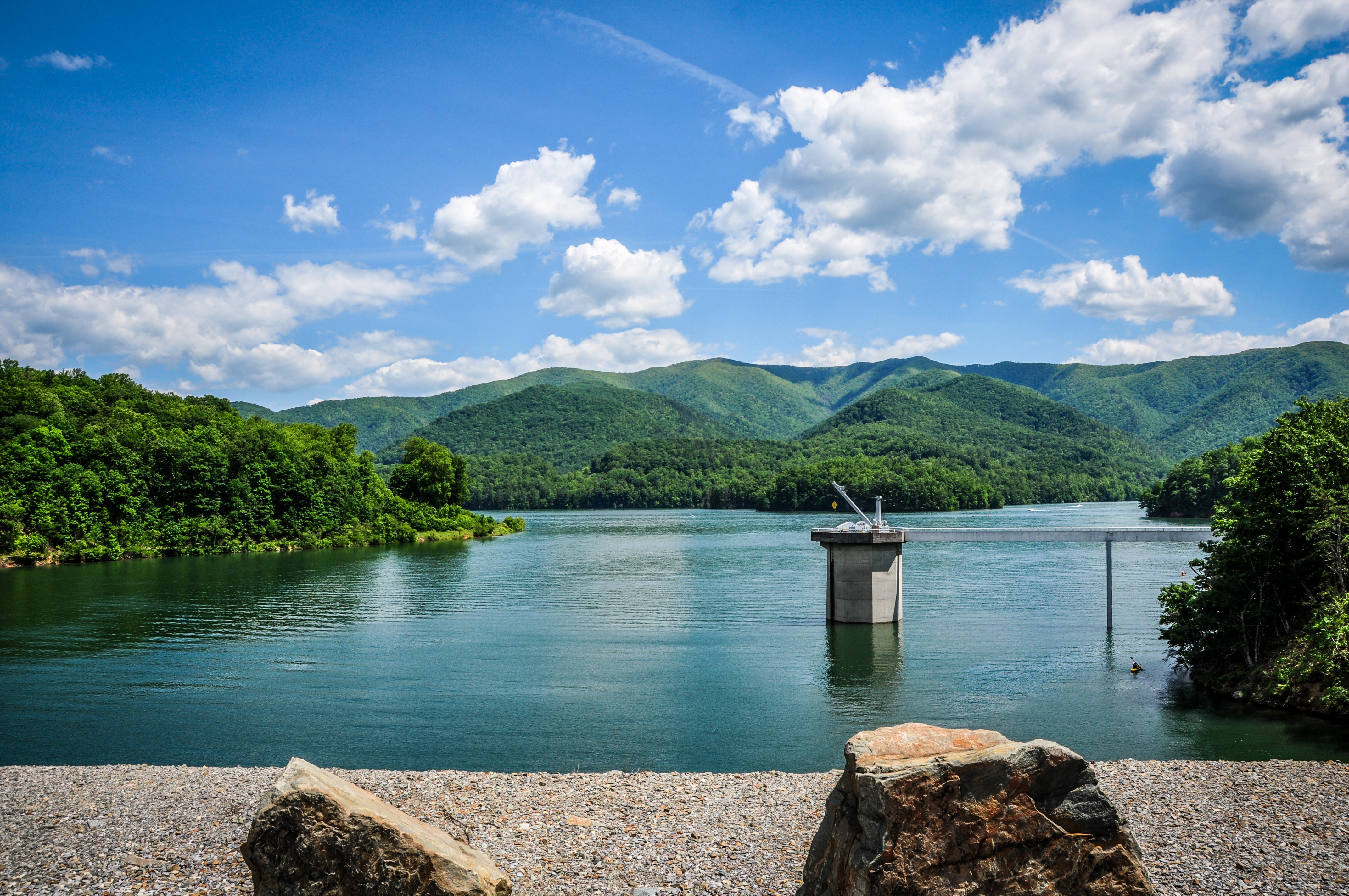Bill Fuller • Column in the Johnson City Press. Jun 28, 2020 Press Article Here
You’ve recently decided to go for a hike.
You are not alone. The COVID-19 pandemic has forced many people to change their avenues of recreation. With current closures of various events and gatherings, trails are suddenly seeing record numbers of hikers.
Just go to any local trailhead and you’ll witness parking lots overflowing with cars. With this being the case, there are many novice hikers now exploring the outdoors.
If you are one of those new to hiking, here are some common mistakes and how to avoid them in order to make your trek safe and enjoyable.
Hiking alone
As a beginner, you should always hike with a partner. If you’re alone, a slip or fall leading to an injury or broken bone could be disastrous without someone there to help or to go for assistance.
If you do hike alone, regardless of your experience level, always be sure to tell someone where you are going and the estimated time of your return.
A wonderful item to use these days is a personal locator beacon that will allow friends or family members to find you on the trail in real time.
When hiking by myself, I sometimes use the Strava app on my smart phone with its beacon service, but just be aware that this is not infallible as it requires some cell service to update your location.
Getting caught in the dark
This is a common one. I personally have helped many people get out of the woods after dark following a wrong turn or simply underestimating the hike duration. When planning your hike, estimate the total mileage and give yourself an hour for each mile.
The difficultly of the terrain and your level of physical fitness also play into this equation, but just be aware of when sunset will occur and allow yourself ample time to get back to your car.
One little trick on estimating how much daylight you have left is to extend your hand at arm’s length with your palm facing you. Each finger that you can count between the sun and horizon represents about 15 minutes left of daylight.
Overestimating your physical abilities
According to a National Park Service report, over 40% of all rescues were due to people having inadequate skills, limited physical conditioning and/or general fatigue.
It is important not to overestimate your abilities. Start your exploration on short trails with slight elevation changes. Not only will it be more enjoyable for the beginning hiker, but much safer.
In our area, I would suggest Sill Branch Falls in Unicoi County — a short hike with one of the most stunning waterfalls in our region. Or take the one-mile round-trip trek to Round Bald at Carvers Gap for stunning vistas. You could also explore a relatively level portion of the Appalachian Trail at Watauga Lake.
Once your physical conditioning and experience improves, you could then branch out on more difficult trails. Many hiking websites (including HikingBill.com) provide hike ratings with levels of difficulty. Choose something easy and “low impact” when starting out.
Not planning for the weather
Many hiking trails are at high elevations where the weather can be far more extreme. Always check those weather reports and estimate it will be five degrees cooler for every 1,000 feet of added elevation. Hypothermia can be a risk in our area, even in summer months, especially on mountain peaks in wet, windy conditions. Wearing the wrong clothing, or not bringing enough clothing, is a common mistake.
Avoid cotton and denim, and instead opt for “wicking” materials like polyester and wool, which will dry faster.
Forgetting an essential item
Here’s a list of 10 essentials that you should be carrying in your backpack on every hike.
• A headlamp
• A small first-aid kit
• Sunscreen
• A knife
• A fire starter
• A map and/or GPS unit
• A shelter (a small emergency bivy or space blanket)
• Extra food
• Extra water
• Extra clothing
If you get into a difficult or unexpected situation, any one of these items could make the difference in getting out safely.
A smartphone is not generally listed as an essential item for hiking, but I feel it is. It can be used as a back-up light, back-up map apps (I use Garmin Explore), and with possible cell reception, it might be your lifeline to help if something were to go wrong. Keep it in airplane mode to save battery life.
Some final recommendations
You won’t need hiking boots on most occasions. Trail running shoes with “grippy” soles are a better choice, and will often save you from the blisters of breaking in a new pair of boots. Nothing will quickly and drastically ruin a hiking trip like blisters.
Trekking poles are recommended. Your knees will not only thank you on those steep descents, but they will also supply you with more endurance on the climbs.
And if you see that poison ivy growing out into the trail, you can simply whisk it away before it touches your legs. Most importantly, trekking poles will greatly increase your footing on uneven terrain, or if needing to cross a swollen stream after an unexpected downpour.
Regardless of your skill level, mistakes on the trail will occur. But with the right planning, you can minimize the risks.
Exploring the outdoors will ultimately provide you with added fitness, a sense of accomplishment, better mental well-being and will allow you to see the hidden gems of our region. Be safe out there and enjoy your hike.


